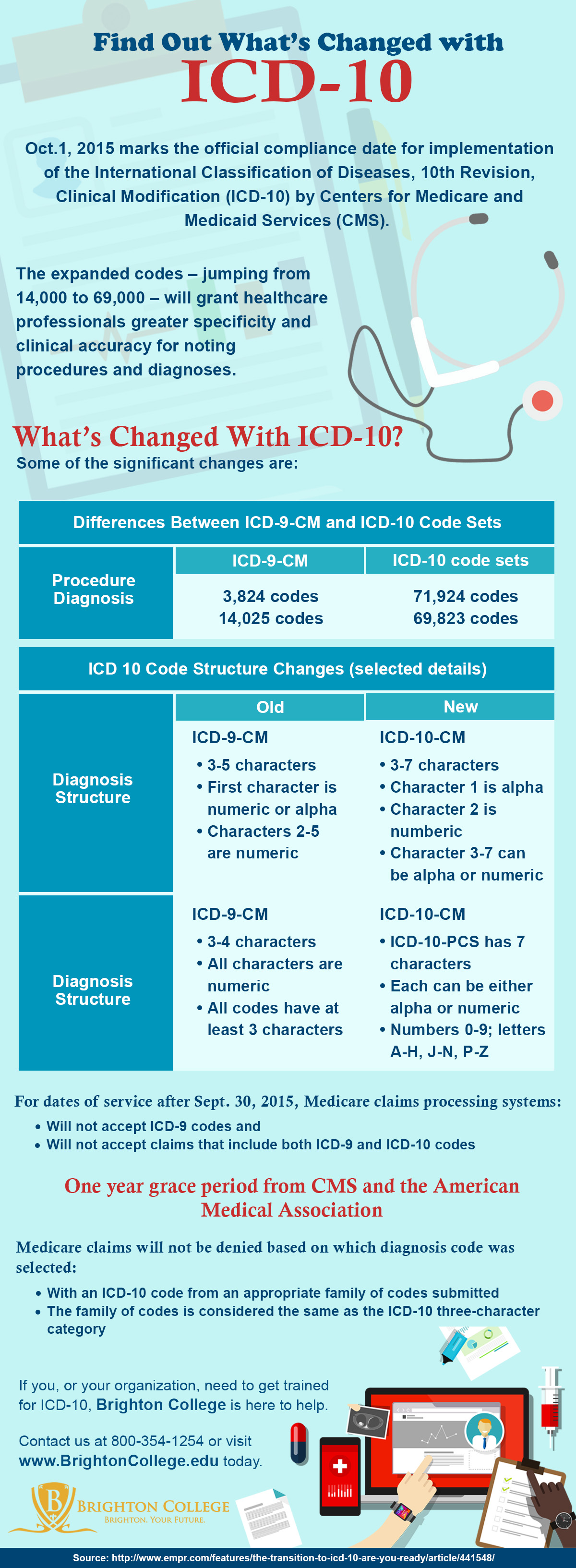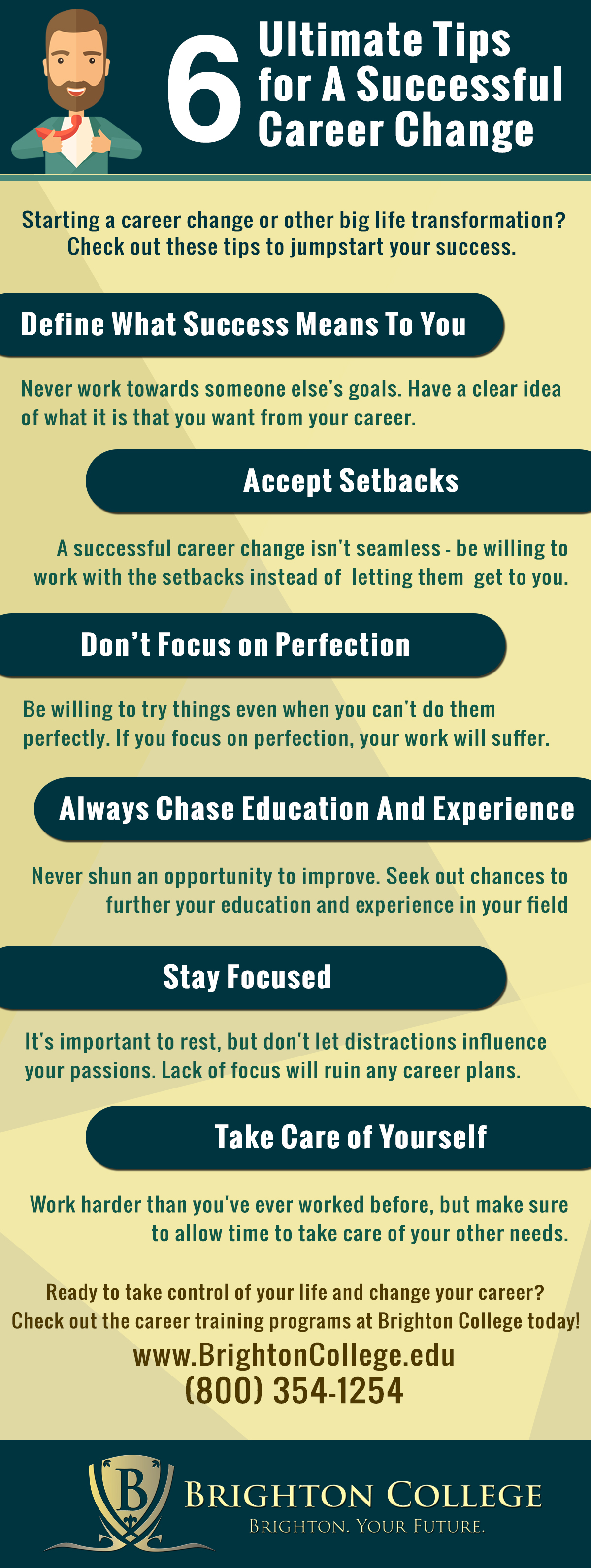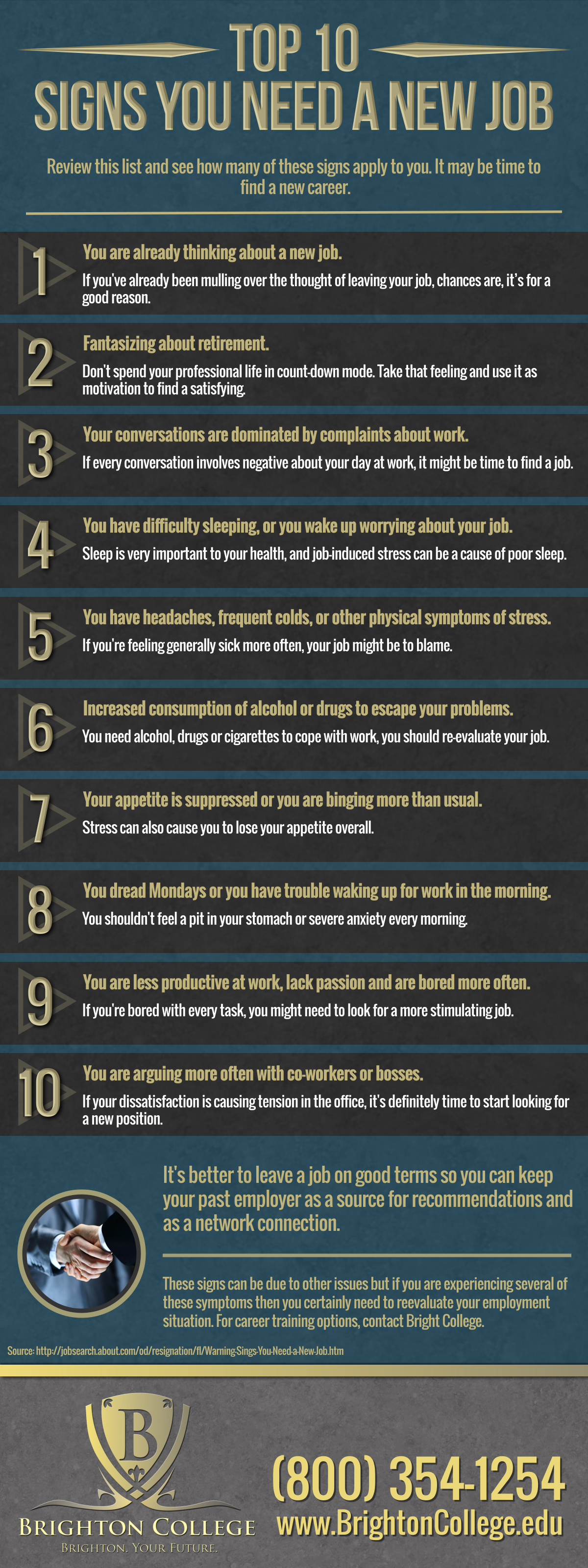

News
What is a Non-Traditional Student?
There are a number of criteria involved in defining a non-traditional student. Most people think of age, and it’s often students over the age of 24 who fall into this grouping. Many in the field of higher education now utilize the characteristics named in a National Center for Educational Statistics (NCES) study to define a non-traditional student. Regardless of criteria used to define the group, it is important to note that these students face different challenges and have needs that are separate from traditional students who begin their college careers immediately following graduation from high school. Let’s take a look at what sets non-traditional students apart and what you can expect from from your educational experience if you fall into this group.

NCES Characteristics
There are seven characteristics attributed by the NCES to be commonalities of non-traditional students. If you fall under any of these descriptions, you are a non-traditional student.
- Delayed enrollment into higher education program
- Part-time attendance
- Working full-time
- Financially independent from parents
- Have children or dependents besides spouse
- Single parent
- GED holder
Needs of Non-Traditional Students
Non-traditional students often have needs that differ from those of their traditional counterparts. Reasons for such differences usually are dependent upon the student’s life stage. Because so many non-trads are working either part-time or full-time in addition to pursuing their degree, flexibility and convenience of classes is imperative. That one reason why online classes work so well for this group. As a working student, you can fit your studying and class requirements into whatever time of the day is best for you when taking classes from your computer.
In addition, older learners often look for colleges that have adult-friendly policies. Some of these may include flexible admissions standards, Accredited programs with a strong reputation and ability to transfer to other programs such as a four-year institution or graduate school are also appreciate by adult students. They also look for affordable education with a variety of financial aid options, as non-traditional students often have dependents and various obligations. Speaking of dependents, students with children absolutely look for either a college that has a childcare center or an online program that provides flexibility so that childcare is not necessary. Without such options, higher education is not a possibility for these students.
Finally, non-traditional students often have a very pressing need to pursue an educational program that will either lead to employment or help them to obtain a better job or promotion. Adult students are often facing challenging life circumstances that lead them to enroll in higher education. Such events as job loss, divorce, relocation or career stagnation make learning tangible new skills in promising job markets appealing. Thus, a college or university with a wide variety of desirable academic programs is attractive to non-traditional students.
Why Non-Traditional Students are Often Successful

You may be worried about entering college because you’ve been out of the education system for awhile now. You may think your unique needs as an adult learn put you at a disadvantage. The truth is, you’re actually more likely to be successful as a student simply because of your differences. There’s a good chance you decided to enroll in college for a very specific reason. You know what you want, and you can see the big picture. This knowledge will help you to keep moving positively toward your goals. In addition, you possess life experience that has taught you important skills such as prioritizing, time-management and problem solving. These skills will serve you well in balancing your many obligations with your academic assignments.
As someone with a wide array of experiences, you can often relate many of those in practical ways to the subject matter you’re learning. This kind of association will help you in understanding and retaining the information you read. While studying and formal learning may be something you feel like you’ve forgotten how to do, chance are you’re actually quite skilled at incorporating new things into your life when needed. Think of studying as just another skill you have to learn. After some time passes, you’ll get the hang of it, and things will begin to feel more comfortable.
As a non-traditional student, you do possess certain characteristics that differ from your traditional-aged peers. You also have needs that require you to find an educational program that is a bit more flexible and allows you to meet those needs. As an adult, you’re ready to face the challenges because you have the life experience to lead you to success.
Contact us at Brighton College to learn more about the ways our programs are designed to help adult students excel.
Study Tips for the Kinesthetic Learner
There are various types of learning preferences. Kinesthetic learning, also known as tactile learning, involves a preference for learning by doing or engaging in physical activities. Taking in information through sitting still in lectures is not ideal for a kinesthetic learner. However, there are ways that students with this learning style can capitalize no the trait in order to improve their intake and retention of information. If you feel this learning style applies to you, read on to learn more and for some helpful study tips for the kinesthetic learner.
Characteristics and Strengths
Kinesthetic learners are most engaged while moving. Therefore, it makes sense to try to incorporate some kind of activity when studying or learning something new. One tell-tale sign of these learners is that they often grip their pencil or pen tightly and push down hard when writing. They also may find themselves jingling keys in their pocket, twirling a ring or tapping a pen while studying. Snacking, chewing gum or smoking is common for kinesthetic learners. If these characteristics sound familiar, you’re likely a kinesthetic learner.
Kinesthetic learners have a number of strengths, and you can benefit by incorporating them into your study strategies. They tend to have great hand-eye coordination and quick reaction, so taking notes while reading may benefit you. Tactile learners have remarkable motor memory. This means they can usually pick something up quickly after only trying it once. They also excel at experiments. One characteristic that is probably most advantageous to the lifestyle of a busy college student is the high energy levels of this type of learner.
Now let’s look at some practical study tips to help meet your preferred learning style needs.
Find an Ideal Study Space
Having a regular place to study is beneficial for most students because it trains your brain to engage in the work at hand. However, for active learners it is especially important to find a type of study space that accommodates your particular need for movement or engagement. Experiment with different spaces and styles to see what works for you. For example, you may benefit from a standing desk so that you can pace a bit. Maybe you like to spread out and would feel more comfortable lying on a bed. Some tactile learners lounging in a cozy chair, while others may prefer a straight back chair so they can tap their foot. Find what feels best for you.

Take Notes
Taking notes while reading online or studying is one of the best ways to keep yourself engaged and take in the material as an active learner. Your notes should be personal to you. So if you like lots of color, use different pens or highlighters in your note taking. Draw diagrams, stick figures or symbols in your notes to help retain concepts. Kinesthetic learners tend to understand information best when they personalize it and use representative tools as visual cues.
Teach Others
That’s right. Teaching the information you just studied is a fantastic method to help you remember it. If you can find a study group of classmates to meet with over Skype, that would be great. You could each take part of the material and teach it to each other. If this won’t work for you, grab a willing friend or family member to teach. Teaching ensures that you are familiar with the material and allows you to actively engage in using it.
Find a Way to be Active
Kinesthetic learners are physical and tactile. It truly does help to incorporate some of the characteristics mentioned earlier into your study routine. If it helps you to physically be on the go, grab that textbook and walk around. Reading out loud may even be beneficial in helping the material to stick with you. Tap your pencil or your foot. Fidget, play with your keys, bounce a tennis ball or wrap a rubber band around your wrist. Chewing gum is surprisingly effective for many active learners. Any kind of repetitive movement is usually good. Do what feels right and seems to work best for you and your lifestyle.
Take Regular Breaks
Physical learners don’t like sitting still for long periods of time, so don’t force yourself to do so. Every hour, or as often as needed, get up from your study spot and do something else. Take a walk. Grab a snack. Talk to a friend. This will help you clear your head and feel renewed when returning to your studying.
As you can see, there are lots of effective ways for tactile learners to learn. Follow these study tips for the kinesthetic learner, and you’re sure to be ready for that next exam.
Get in touch with a Brighton College representative to learn more about the programs available.
Find Out What’s Changed with ICD-10
Looking to get trained for ICD-10? We’re here to help. Learn more here.
At Brighton College, a leader among online Medical Coding and Billing schools, you’ll get the in-depth, high-quality training and coursework you need to sit for your Medical Coding and Billing certification exam and prepare for your new career.
Study Tips for Visual Learners

Having an idea of your learning style can help you to grasp material more easily and to remember it for longer periods of time. If you’ve determined that you are a primarily visual learner, that means that your preferred method for obtaining new information and concepts is through seeing words, figures, graphics, diagrams or other visual representations. Listening to a lecture is probably not a sufficient way for you to understand something. As an online student, it is to your advantage to be a visual learner. Reading class discussions or activities on a computer screen will be something that likely comes easily to you. There are a number of ways that you can utilize your preferred method of learning to your advantage while you’re pursuing your degree. Follow these study tips for visual learners in order to make the most of time you spend on school work and to increase your chances of academic success.
Use Images Often
The utilization of any kind of visual representation will benefit a learner such as yourself. That’s why it’s important to take advantage of things like diagrams, charts, graphs, infographics or other methods whenever possible in your study sessions. If there are not many visuals in your textbook or supplemental materials, go online to see if you can locate some. Many visual learners prefer to create their own tools. Doing so allow them to conceptualize the organization of the material in their mind and to make it personally relative in some way. Using colors or other visual markers is great, too, for things like categorization or highlighting notes. Draw symbols like stars or asterisks in your notes to create visual cues of importance.
Many online courses will incorporate videos or other digital media tools in the curriculum. Definitely take time to view these tools, as they cater specifically to yuor preferred learning style. Again, don’t be afraid to go out on your own to find supplemental ways to meet your needs. The internet is full of learning tools like video lessons, TED talks or slide presentations. A quick search will likely net you a treasure trove of materials.
Visualize Your Words
With regard to study tips for visual learners, you can take the idea of creating your own visuals one step further. In addition to developing your own tools like graphs, diagram and color coded systems, you can actually get a little creative and find ways to put words together visually in a way that makes sense for you. One example of how to do this is to add words, short paragraphs or concepts to small pieces of paper. Then you will be able to place those papers in the correct order, creating a visual trail that aids in the retention of information for a learner such as yourself who likes to see the formation of concepts or, in this case, actual words. Making flash cards may work in this way for you also. The act of writing the words on the flash cards, and maybe using different colors for various categories of information, might be helpful to your visual stimulation.

Create All Kinds of Maps
Those of you who take in information through the eyes usually love maps. Maps can be tremendously helpful for all kinds of topics, not just geography. An outline can be a kind of map because it lays out information in a spatial order. Mind maps are tools in which you organize information by writing down different aspects of an argument or concept and showing with lines or arrows the ways in which they relate.
Customize Your Notes
Taking notes is an effective method of studying for almost every type of learner. As a visual person, you can truly benefit from the note taking process by creating your own system to add visual representations to your notes. While long streams of text might be just fine for you, as you do tend to process the written word with ease, you’ll likely find it even more effective to add dimension to your notes. As was mentioned earlier, symbols or colored highlights are great ways to draw attention to information and to add an organizational component to your notes. You might want to take it a step further by using a consistent system all your own, adding a dimension of personalization and organization to your notes. Consider making a key that indicates what each symbol or color stands for. You’ll soon instinctively know when seeing a pink highlighted section of text that this is something important and likely to be on the exam. Get creative and have some fun with it!
There are lots of strategies to meet the study needs of every type of learner. Using these study tips for visual learners will make your college experience a bit easier and increase your chances of earning the kind of grades you want. Get in touch with a Brighton College representative to learn more about which programs might be best for your learning style and interests.
6 Ultimate Tips For a Successful Career Change
6 Ultimate Tips For a Successful Career Change
Starting a career change or other big life transformation? Check out these tips to jumpstart your success.
- Define What Success Means To You
Never work towards someone else’s goals. Have a clear idea of what it is that you want from your career.
- Accept Setbacks
A successful career change isn’t seamless – be willing to work with the setbacks instead of letting them get to you.
- Don’t Focus On Perfection
Be willing to try things even when you can’t do them perfectly. If you focus on perfection, your work will suffer.
- Always Chase Education And Experience
Never shun an opportunity to improve. Seek out chances to further your education and experience in your field.
- Stay Focused
It’s important to rest, but don’t let distractions influence your passions. Lack of focus will ruin any career plans.
- Take Care Of Yourself
Work harder than you’ve ever worked before, but make sure to allow time to take care of your other needs.
Ready to take control of your life and change your career? Check out the career training programs at Brighton College today!
7 Styles of Learning – Which One Fits You?
You probably know that everyone learns new concepts in different ways. You may even have a general idea of how you prefer to take in new information. What you may not realize is that there are actually seven learning styles and that people usually have two or three preferred methods that naturally work best for them when it comes to understanding new things. Knowing your best style or styles of learning can help you tremendously in your academic life. In fact, having an understanding of this can be useful in various settings throughout your life. Utilizing your preferred learning styles in the workforce can make it easier to get through the often overwhelming orientation phase of a new job and even improve your performance. Let’s take a look at the seven styles of learning and explore ways learners from each style can get the most out of their education.
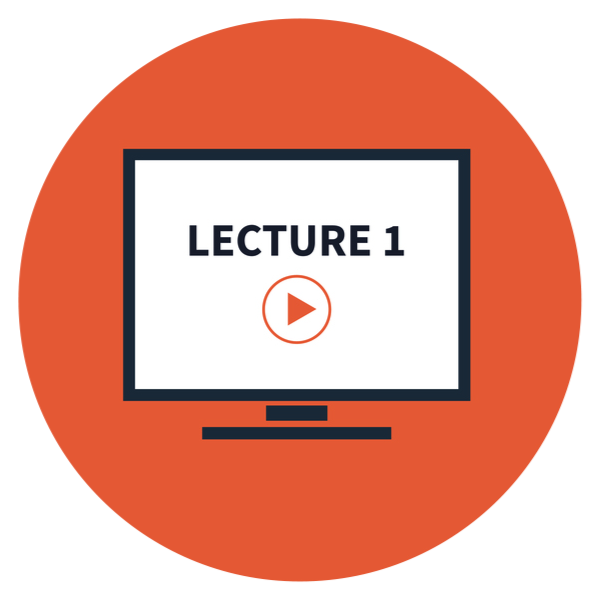 Visual
Visual
Visual learners may also be known as spatial learners. They learn best by seeing information in a pictorial or graphic type of presentation. If you’re a visual learner, you may learn best through the use of things like mind maps, diagrams, drawings, pictures or other images. A mind map is a visual representation of thoughts and ideas, demonstrating the flow of how each is related. Utilizing color to designate categories or concepts is also a beneficial tool of the visual learner.
There are a number of study strategies that could help you in the retention and understanding of information received in class. You will likely benefit from re-reading your textbook, along with your notes, prior to exams. Read and review in short, multiple sessions though, rather than trying to cram. Review diagrams, graphs and charts to help you process data. Better yet, draw your own. The process of conceptualizing the layout of information will help it to stick in your mind.
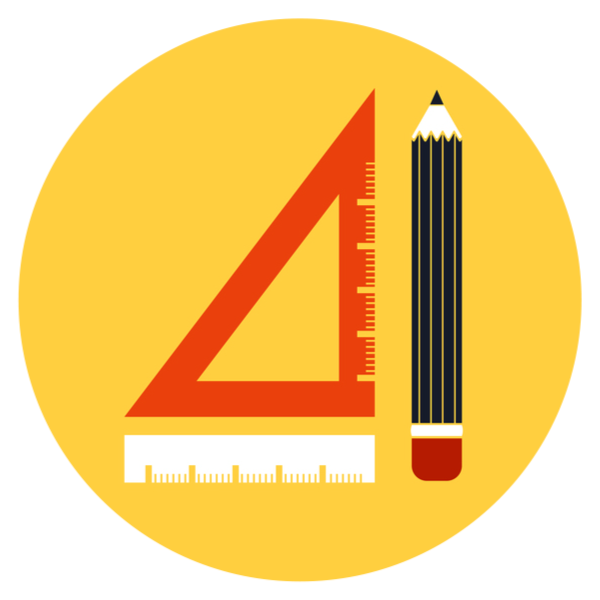 Physical
Physical
Another term for physical learners is kinesthetic. These folks enjoy learning by doing. They want to experience a process in order to best understand it. If the concept is not something that can be physically completed, kinesthetic learners can benefit in other ways such as the physical act of writing out notes. However, if this is your preferred method, don’t just copy your notes word for word. A more strategic way to remember information is to write it down in your own words. Making it personal makes it memorable. Drawing diagrams, utilizing physical representations of objects or concepts and role playing are also study tips that are recommended. Even walking around while reading notes could help.
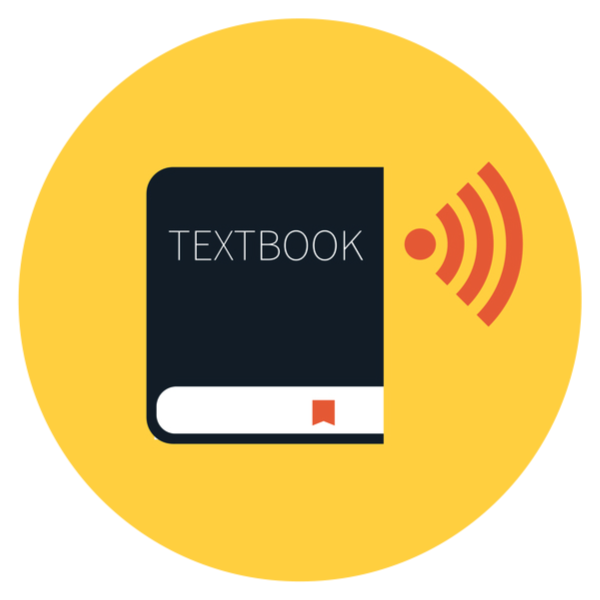 Auditory
Auditory
Auditory, or aural, learners take in information best through hearing it. It makes sense that lectures may be one of your favorite ways to learn something new. Perhaps your online instructor will record video lessons or there will be recommended videos to accompany the textbook. If not, take some time to do a YouTube or Google search. You’ll probably find lots of videos, podcasts or other type of media on your topic of choice. When you study, read your text (or notes if you’ve taken them) out loud to help you retain it. Making up songs or rhymes can be a personal and effective way to help you study, as well.
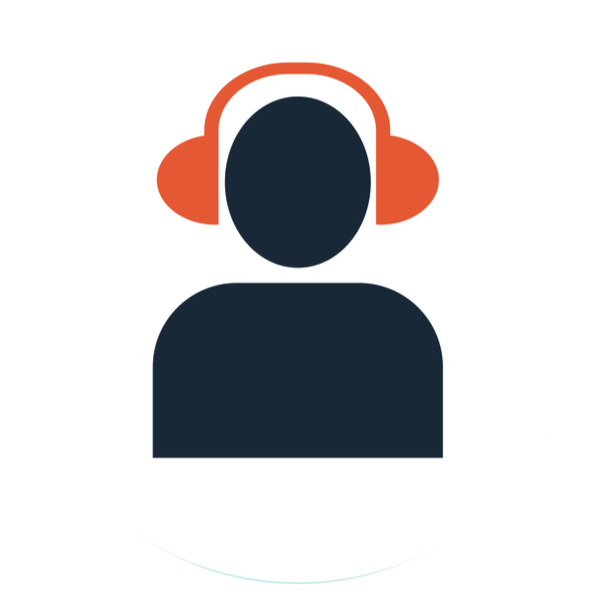 Verbal
Verbal
If you’re a verbal learner, you probably love words. Both spoken and written words may appeal to your learning style. So you’re another student who will benefit from reading your textbook multiple times in order to take in the information. Re-writing your notes is likely helpful to you, as well. Utilizing word techniques like mnemonic devices, which are tools like rhymes, acronyms, diagrams and other types of strategies that help to improve memory.
 Logical
Logical
If you want to know the reasons behind concepts and enjoy considering the big picture of how various concepts are connected, you are probably a logical learner. Logical learners like to rely on logic and reasoning as explanations for the information they receive. Thus, you may prefer to create your own personal systems for logically connecting concepts together and remembering them. The process of creating your own system makes the information more personal to you, and the system itself will aide in your overall comprehension of the material.
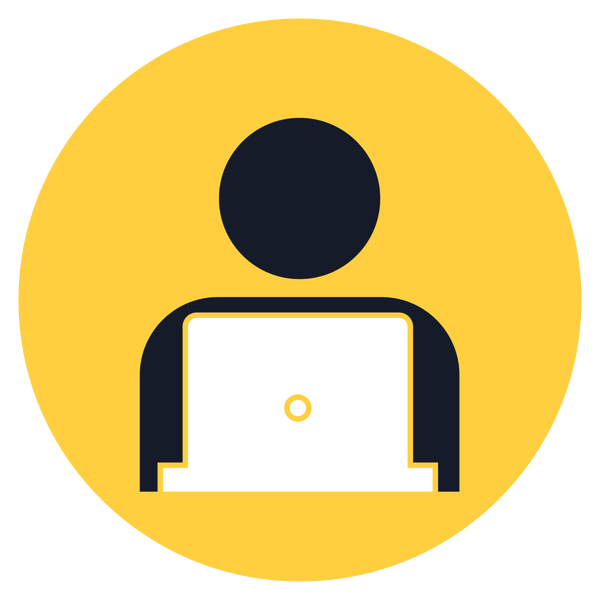 Social
Social
Social learners are often known as interpersonal learners. Working in groups is something that will excite you. You’ll gain energy from sharing ideas with and hearing the suggestions of others. If you’re a social learner, group study may be some of your most effective ways to remember information. So take advantage of connecting with a study partner or two whenever possible. Teach each other different chapters of material or give each other quizzes.
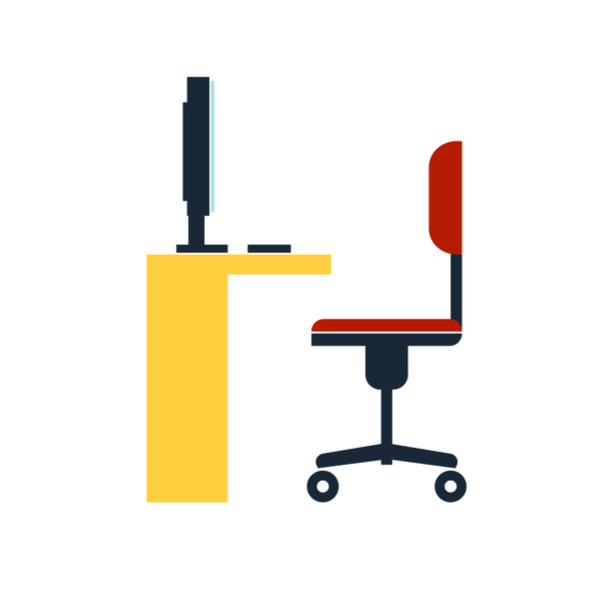 Solitary
Solitary
On the opposite end of the spectrum from the social learner is the solitary, or intrapersonal learner. If this is your preference, you need quiet time alone in order to best process information and grasp concepts. You may feel like online group collaboration is overwhelming for you or distracting, and that’s okay. Take time to read on your, pausing when necessary to ensure comprehension. You may benefit through finding other materials for independent study. Ask for instructor for recommended resources or take some time looking online for something you find of interest.
Now that you have an understanding of each style, take some time to consider which is your strongest. You probably can relate to more than one. This is normal. Utilize the study tips offered for your particular styles, and you’ll find that learning and understanding the information will probably come easier to you. If you’re ready to get started on studying for your desired degree program, contact Brighton College today.
Top 10 Signs You Need a New Job
Review this list and see how many of these top signs you need a new job which can be apply to you. It may be time to find a new career.
- You are already thinking about a new job. If you’ve already been mulling over the thought of leaving your job, chances are, it’s for a good reason.
- Fantasizing about retirement. Don’t spend your professional life in count-down mode. Take that feeling and use it as motivation to find a satisfying.
- Your conversations are dominated by complaints about work.If every conversation involves negative about your day at work, it might be time to find a job.
- You have difficulty sleeping, or you wake up worrying about your job.Sleep is very important to your health, and job-induced stress can be a cause of poor sleep.
- You have headaches, frequent colds, or other physical symptoms of stress. If you’re feeling generally sick more often, your job might be to blame.
- Increased consumption of alcohol or drugs to escape your problems. You need alcohol, drugs or cigarettes to cope with work, you should re-evaluate your job.
- Your appetite is suppressed or you are binging more than usual.Stress can also cause you to lose your appetite overall.
- You dread Mondays or you have trouble waking up for work in the morning. You shouldn’t feel a pit in your stomach or severe anxiety every morning.
- You are less productive at work, lack passion and are bored more often.If you’re bored with every task, you might need to look for a more stimulating job.
- You are arguing more often with co-workers or bosses. If your dissatisfaction is causing tension in the office, it’s definitely time to start looking for a new position.
It’s better to leave a job on good terms so you can keep your past employer as a source for recommendations and as a network connection.
These signs can be due to other issues but if you are experiencing several of these symptoms then you certainly need to reevaluate your employment situation.
For career training options, contact Brighton College at (800) 354-1254!
Top 5 Temp Agencies

Finding a job, whether it’s part-time while you’re taking classes or your first position in your field after graduation, can be challenging. One option for finding a desirable position is to search with a temp agency. These organizations help match employers with qualified workers. While the available positions are temporary, there are several advantages to using a staffing agency. It’s a way to obtain work quickly when you’re in need of funds. It’s also a strategic method for gaining experience in your field. Some temp jobs may even get your foot in the door for a permanent position down the line. Let’s take a look at five of the best temp agencies to consider.
Adecco
When you’re looking for the best job placement agencies, Adecco is a trusted name in the industry. It was formed in 1996, through a merger of the agencies, Adia and Ecco. With over 2500 branches worldwide, Adecco is one of the largest firms around. Because of its size and reputation, Adecco has been able to partner with some of the top companies in the world. So, if you’re looking to work for a well-known corporation, this may be one of the best temp agencies to pursue.
Manpower
Manpower has been around since 1948. Workers appreciate the online training and career development opportunities offered through Manpower and its associated companies Elan, Jefferson Wells, Manpower Professional and Right Management. Manpower also has a Global Learning Center that offers a variety of courses in business and IT. So if you appreciate opportunities for advanced learning, Manpower may be the choice for you.
Kelly Services
Another long-term player in the world of temporary job placement is Kelly Services, founded by William Russel Kelly in 1946. This firm started with workers performing jobson-site at Kelly’s offices. When clients asked for the workers to come to them, temping as we know it was born. Kelly is a Fortune 500 company that’s acquired an excellent reputation. Kelly offers a number of advantages, including continuing education in certain professions, online training and innovative recruiting and retention initiatives.
Spherion
Spherion is another long-term player in the world of temp agencies. They emerged in 1946 and soon developed the mission to “connect the right employee with the right business at the right time.” Today Spherion serves North America and Canada, and their locations are mostly owned by franchises. Spherion offers e-learning that focuses on business, technology and professional skills. The firm offers a variety of associated companies like Technisource, The Mergis Group and Workforce Management Solutions. Thus, positions across a number of industries are available.
StaffPointe
StaffPointe is another of the best job placement agencies in that it offers a unique position in that it maintains a network of affiliations with over 100 staffing agencies across the U.S. While positions are geared primarily toward the healthcare industry, StaffPointe’s network enables candidates to find unique and specialized jobs that other agencies are unlikely to offer. The firm also places financial and technical professionals.
If you find that you need more training to get the career you want, Brighton College has you covered. We offer in-demand diploma and degree programs in Business, Allied Health and Criminal Justice. We also offer:
- An HP Laptop included in all Diploma and Certificate Programs
- All your Textbooks with all programs
- Custom Assessments with all programs
- One-on-one Student Mentoring
To learn more about educational or career options, contact a Brighton College representative today.
How to Go Back to School While Working Full-Time

The choice to go back to college as a full-time working adult can be a challenging one. Your life is probably already incredibly busy with career, family and personal obligations. You may think that attending college is an impossibility. However, there is likely a reason for considering higher education, and that reason may be strong enough to propel you to give it a try. Obtaining your degree is possible. Follow these tips for advice on going back to school while working full-time.
Build Time Into Your Schedule
Fitting education into your jam-packed life requires creativity, dedication and willpower. You will need to be more mindful of how you spend your time in order to make it work, but one of the best ways to do that is to build school time strategically into your current schedule. Look for ways to carve out time for study and class time. Some people listen to audio textbooks while commuting to work. It’s also a good idea to choose a regular study time and to let your family know that you are not to be disturbed. Another possibility may be to study outside of the home. Make efforts to use your time efficiently and create a routine so that school and study time become part of your daily routine.
Set Goals, but Be Flexible
Setting short-term and long-term goals can help you to stay focused and keep the end desire in mind. Losing track of why you are going back to school while working full-time can lead to giving up. Keeping your goals in clear view pushes you to keep going, while adding short-term goals holds you accountable and makes the process seem less overwhelming. You do have to be flexible, however. Know that a big project or unexpected life event can shake up your routine or take you off-course for a bit. Just remind yourself to get back on track when things even out. Always keep the lines of communication open with your professors. They’re usually willing to work with you during hectic times.
Have a Support System
Enlisting help from the important people in all areas of your life is crucial to your success. You may need your family to take up more of the responsibilities at home, your boss to allow you some flexibility at work and your friends to understand that you won’t be as available to do things with them. School personnel such as your academic adviser can be a tremendous support, as well. Communicating with everyone and letting them know how they can help is crucial when it comes to obtaining their support. It may take time to get everyone on the same page, and there may also be some resentment about your new pursuits. When everyone is aware of your needs, they will be more willing to help you in any way possible.
To learn more about ways to go back to school while working full-time, contact Brighton College to find out about flexible distance learning options that may work for you.
IT Careers Are Great Choices for Veterans
In 2015, the United States Armed Forces announced a plan to cut down on the number of men and women currently serving terms of active duty. According to the Army Times, 40,000 soldiers will not be offered a reenlistment option under a doctrine of ongoing budget cuts, which means that tens of thousands of veterans will soon join the ranks of those looking for jobs in the civilian sector.

This reduction in force (RIF) measure is usually undertaken after a wartime period starts winding down, and it often catches some service members, who may have been planning to extend their active duty terms, by surprise. What this means for the American job market is that competition will increase as employers become more selective with regard to their hiring policies.
Why the IT Industry is a Good Career Fit for Veterans
While it is true that veterans have a certain advantage when they look for work, it is important to remember that the RIF program is going to flood the job search marketplace as they reenter civilian life over the next few months.
Some veterans are going to have an extra advantage when they start looking for work; those whose military occupation specialty (MOS) code can be easily 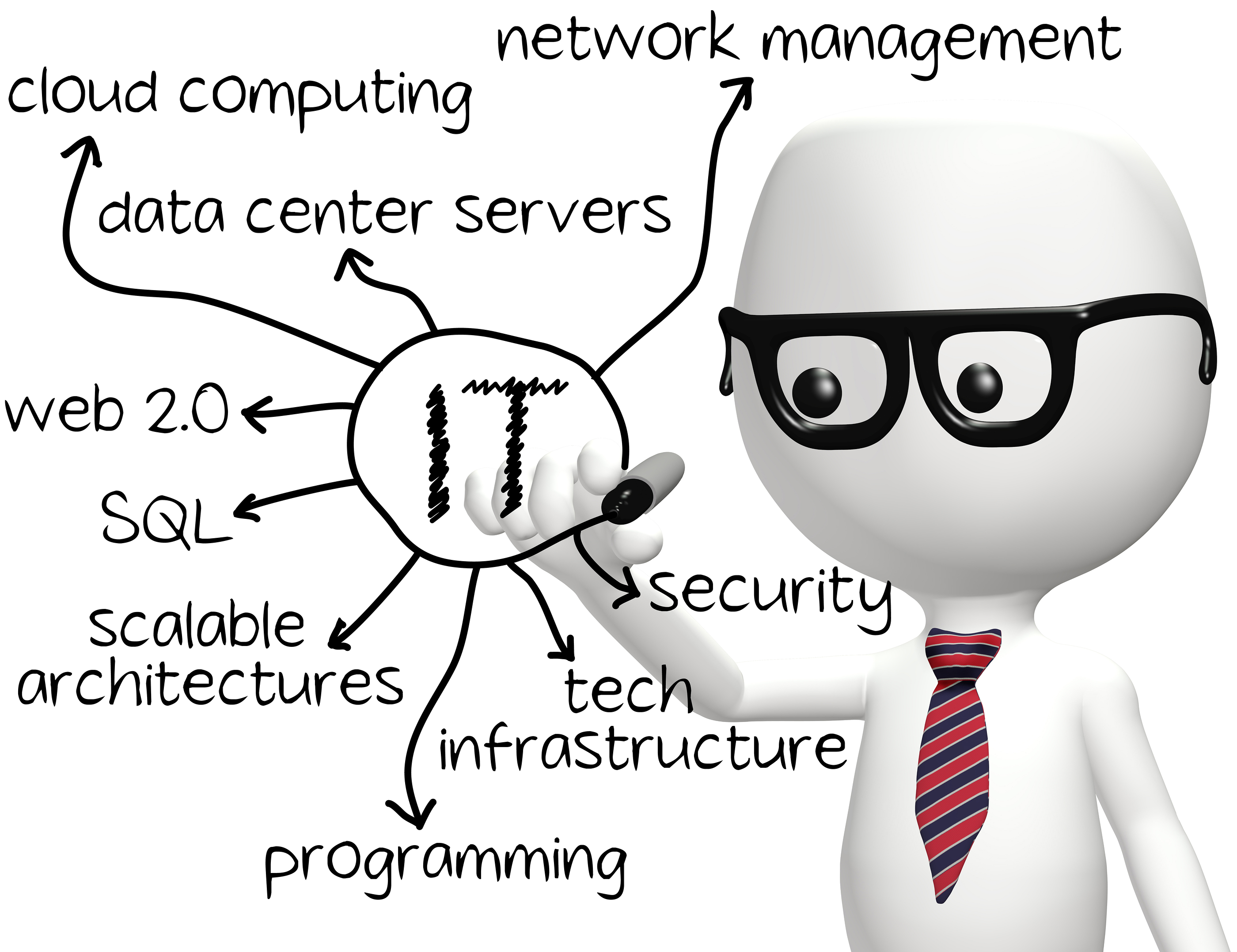 converted into an information technology (IT) civilian position. For example, the Army 25B MOS, known as Information Technology Specialist, will certainly interest employers who are looking to hire network technicians and administrators.
converted into an information technology (IT) civilian position. For example, the Army 25B MOS, known as Information Technology Specialist, will certainly interest employers who are looking to hire network technicians and administrators.
Not all active duty members affected by the RIF program will have IT backgrounds, and even those with the 25B MOS may need to obtain additional specialty certifications to get higher paying jobs; a good example in this regard would be the Certified Information Systems Security Practitioner (CISSP) Certificate. However, federal and state governments are increasing their IT infrastructures, and these are employers known to hire veterans preferentially.
There’s a little-known fact about the government IT industry that veterans need to be aware of: the standards of competency and knowledge required of government IT employees were developed by the U.S. Department of Defense (DoD). This means that the curriculum and style of instruction of IT certificate courses such as CompTIA and Cisco will be familiar to veterans since these courses were developed under DoD guidelines.
The Need for Veterans Trained in IT
A substantial amount of the IT jobs currently available in the federal and state government workplaces require a security clearance, which in many cases is easier for veterans to obtain. These tend to be higher-paying jobs with great benefits, and they may even count active duty and reserve years towards retirement.
According to a recent news report published by the Kansas City Star, more than 2,000 technology jobs in Kansas City have not been filled due to a lack of qualified applicants. The U.S. Department of Labor estimates that nearly half a million tech jobs were vacant across the nation in mid-2015.
In the end, there is no question that the IT field offers good careers for veterans, and there are numerous reasons for this. In addition to the current demand and the security clearance advantage, veterans can also pursue IT certificates outside of the traditional four-year degree programs, which allows them to join the civilian workforce and get better jobs even faster. If you are a veteran looking for a job in IT, check out the courses that we offer today!

